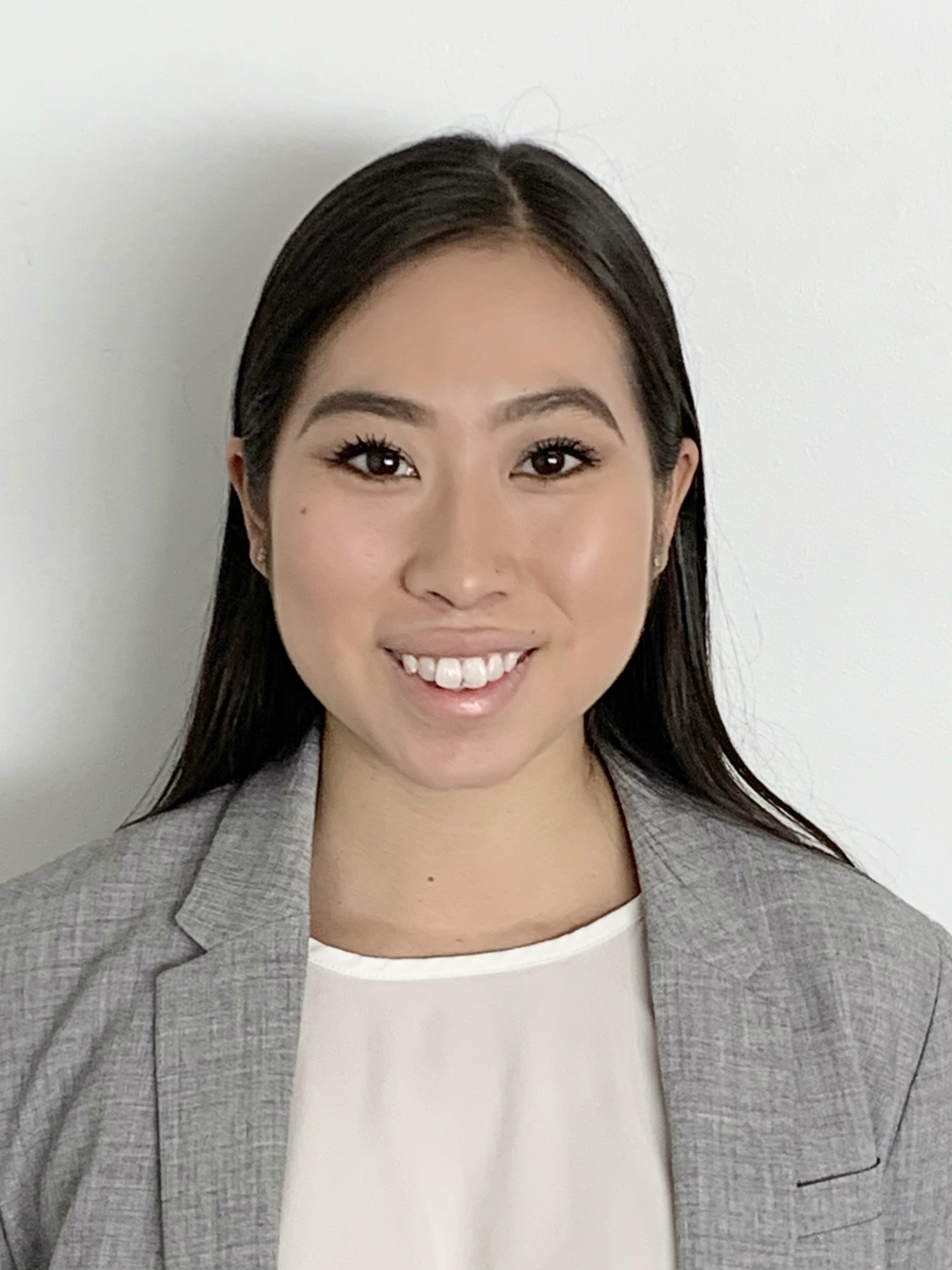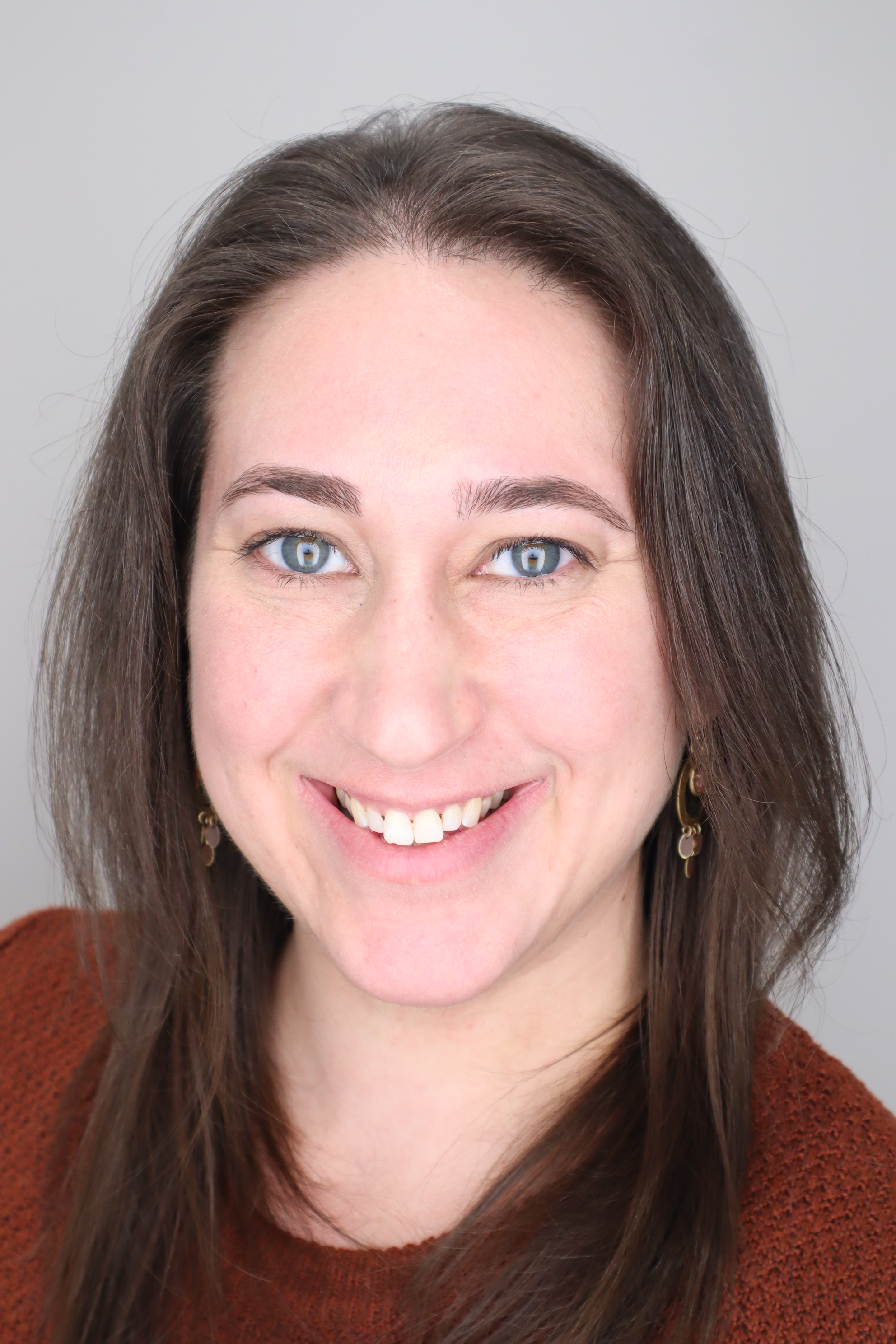Symposia
Child / Adolescent - School-Related Issues
3 - (SYM 117) Exploration of School-based Services Within a Depression Prevention Randomized Control Trial
- LS
Laura Strachan, None (she/her/hers)
Swarthmore College
Medford, New Jersey, United States - JG
Jane Gillham, PhD
Professor
Swarthmore College
Swarthmore, Pennsylvania, United States - JJ
Jason Jones, Ph.D.
Research Assistant professor
Perelman School of Medicine at the University of Pennsylvania
Philadelphia, Pennsylvania, United States - MD
Molly Davis, Ph.D. (she/her/hers)
Research Psychologist
Children's Hospital of Philadelphia
Philadelphia, Pennsylvania, United States - JY
Jami Young, Ph.D. (she/her/hers)
Professor
Childrens Hospital of Philadelphia
Philadelphia, Pennsylvania, United States 
Amy So, B.S.
Graduate Student
Montclair State University
East Brunswick, New Jersey, United States- GD
Gillian Dysart, BA
Clinical Research Coordinator
Children's Hospital of Philadelphia
Philadelphia, Pennsylvania, United States - RK
Rebecca Kanine, PhD
Pediatric Psychologist
Children's Hospital of Chicago
Chicago, Illinois, United States 
Karen T. G. Schwartz, Ph.D. (she/her/hers)
Research Psychologist
Children's Hospital of Philadelphia
Philadelphia, Pennsylvania, United States
Speaker(s)
Co-author(s)
Adolescent depression is prevalent, debilitating, and difficult to treat. Prevention programs have reduced rates of depression onset, mitigating global burden of disease. However, current provider shortages make accessing depression prevention challenging. Schools are acceptable, front-line service settings for adolescents, but they vary in their capacity to meet the mental health needs of students. Thus, the current presentation will report on school-based services as usual provided to students enrolled in a depression prevention trial, per school counselor report.
The School Adolescent Mood (SAM) Project is a randomized control trial testing the impact of Interpersonal Psychotherapy-Adolescent Skills Training versus Services as Usual (SAU). The project enrolled 9th and 10th graders from 17 public schools between 2021-2023. Counselors employed by the partnering schools reported on meetings had with SAU students during the acute intervention phase and psychosocial techniques generally deployed during student meetings (Therapy Procedures Checklist, revised). Technique scores reflect the average of items per orientation subscale, each rated from 1 (rarely used) to 5 (used most of the time).
Counselors (N=71; M=40.99 years, SD=7.90; 77% female; 71% White, 23% Black, 3% Asian, 3% more than one race; 6% Hispanic/Latino) held master’s degrees or above (76% licensed) and had over 10 years of experience (M=12.25 years, SD=7.10) in counseling and/or working as student support staff. Counselors reported meeting with students 0-10 times across the acute intervention phase (M=0.87, SD=1.40), with 48% of eligible students having at least 1 meeting. Meetings were often impromptu (56% drop-in) and brief (55% 15 minutes or less). On average, meetings covered 1.85 topics (SD=0.96), with peer relationships (56%), school-related issues/planning (43%), and anxiety/stress (24%) serving as the topics reported most frequently. Aligned with the literature, counselors endorsed cognitive techniques the most (M=2.91, SD=0.53) and family techniques the least (M=1.69, SD=0.24).
Findings provide insights into the current landscape of depression prevention programming in schools. Specifically, we illustrate frequency and content of services as usual with counselors in participating schools. These findings, coupled with other presentations in this symposium, highlight key areas for growth and inform the feasibility of implementing evidence-based practices in this setting to address common youth mental health concerns.

.png)
